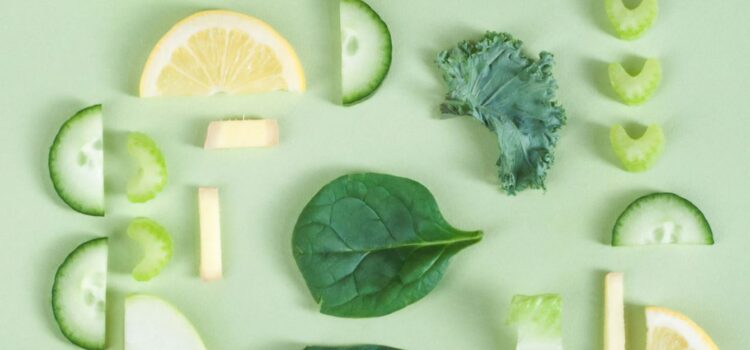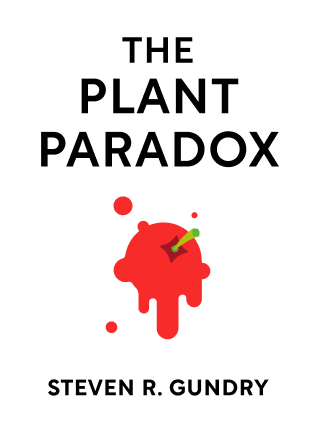

This article is an excerpt from the Shortform summary of "The Plant Paradox" by Steven R. Gundry. Shortform has the world's best summaries of books you should be reading.
Like this article? Sign up for a free trial here .
What foods are on the Plant Paradox Yes List? How do the non-food enhancers on the Plant Paradox Yes List help?
The Plant Paradox Yes List is a compilation of all the things you’re allowed to eat on the PPP. There are options in every category of food, including fruits and veggies, nuts, and dairy.
Learn about all of the options on the Plant Paradox Yes List.
Plant Paradox Yes List
While the Plant Paradox Program can seem daunting, you just have to know what foods to eat. Here’s the Plant Paradox Yes List.
Vegetables: Eat lots of leafy greens (e.g. spinach, lettuce, mesclun, and mustard greens), cruciferous vegetables (e.g. cabbage, cauliflower, broccoli, kale, Brussels sprouts, and bok choy), and other vegetables like carrots, raw beets, and asparagus.
Resistant Starches: Go heavy on the resistant starches, which nourish your good microbes and help digestion and nutrient absorption. These include plantains, parsnips, jicama, and turnips.
Fructooligosaccharides (FOS): Eat plenty of FOS, which is a sugar that’s indigestible for you but nourishes your good microbes. FOS helps microbes stimulate the production of mucus near your intestinal wall, which protects against lectins and LPSs breaking through. You’ll get FOS from okra, artichokes, onions, garlic, mushrooms, and figs.
Nuts: Nuts contain polyphenols, which feed your good microbes. These are in walnuts, pecans, macadamias, and pistachios.
Flours: When using flour, avoid those that are derived from grains because of the lectin content. Instead, use coconut, almond, chestnut, or cassava flour, which are on the Plant Paradox Yes List.
Dairy: You can have dairy products that don’t have casein A-1, including goat and sheep yogurt, coconut yogurt, goat cheese, buffalo mozzarella from Italy, and French or Italian cheese and butter.
Meat: Make sure wild fish and shellfish are a major part of your protein intake, including Alaskan halibut and salmon, canned tuna, shrimp, scallops, and crab. You can also have pasture-raised poultry (e.g. chicken, duck, and turkey) and grass-fed and grass-finished meat (e.g. bison, beef, and lamb).
Fruits: You can have one avocado a day because it has good fats, and enjoy unripe papayas, unripe mangoes, and unripe bananas because these are resistant starches. Other fruits are not on the Plant Paradox Yes List and must be limited, including berries, cherries, apples, peaches, plums, and citrus (not juice).
Oils: Use oils that actually block LPSs from breaking through your intestinal barrier, including perilla oil, walnut oil, and ghee (clarified butter).
Non-Food Enhancers
Start each meal with a fish oil capsule, or use flavored cod liver oil to toss your salads or vegetables. If taking a fish oil supplement, choose one with a large amount of DHA; aim to take 100 mg of DHA each day. This protects your intestinal lining and also benefits brain health.
In addition to eating the right foods from the Plant Paradox Yes List—and avoiding the wrong ones—protect your gut by eliminating endocrine disruptors and
- Avoid antibiotics, if possible.
- Stop using stomach-acid-blocking drugs; substitute antacids like Tums or Rolaids, betaine, marshmallow root, or DGL.
- Stop using NSAIDs; instead, try Tylenol or products with boswellia extract.
Help fortify your good microbes and ward off the bad ones with the following non-food supplements on the Plant Paradox Yes List:
- Microbe-nourishing probiotics (e.g. BC30, saccharomyces boulardii, and L. reuteri)
- Stomach mucus enhancers (e.g. marshmallow root, slippery elm, and DGL)
- Stomach acid enhancers (e.g. betaine and grapefruit seed extract)
- Intestinal wall-repairing supplements (e.g. L-glutamine, fish oil, vitamin D, and grape seed extract)
- White blood cell-activating supplements (e.g. diindolylmethane (DIM) and indole-3-carbinol)

———End of Preview———
Like what you just read? Read the rest of the world's best summary of Steven R. Gundry's "The Plant Paradox" at Shortform .
Here's what you'll find in our full The Plant Paradox summary :
- Why eating more vegetables isn't enough, and why some vegetables are toxic to your body
- The science behind lectins and how they tear apart your body, making you fat and sick
- The 6-week program to get your body back on healthy grack






